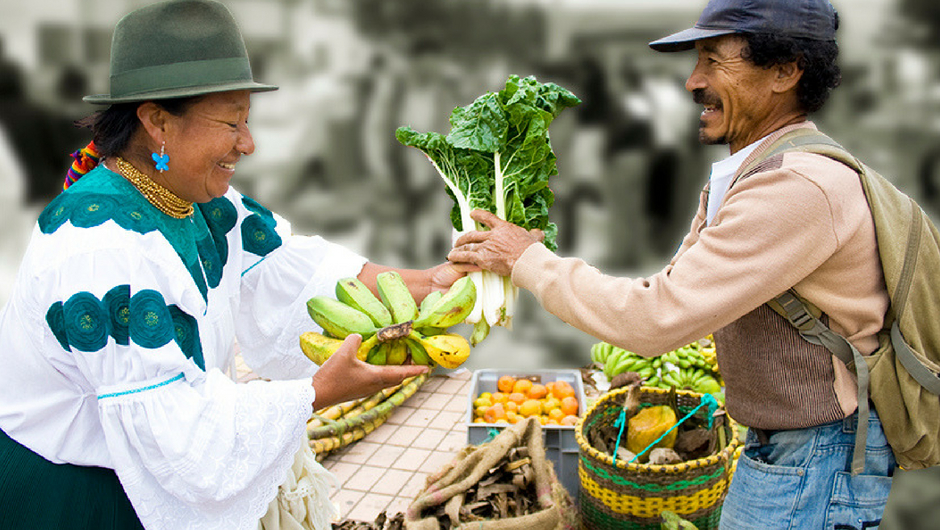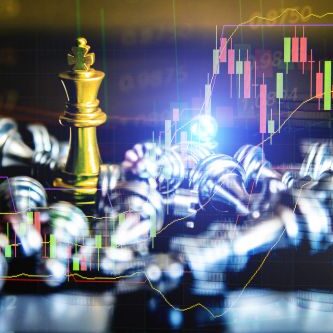
SkyTide
Official publication resource of Gramatik LTD
Related Posts
What Makes Money, Money? The Language of Value
When you walk into a store, everything from apples to smartphones has a price, usually represented in money. But have you ever wondered what makes a dollar bill or a piece of gold a “universal” item of value? At first glance, commodities—whether corn, phones, or a movie ticket—might just look like objects with utility, useful for some purpose. But hidden beneath their surfaces is a complex language of value that turns them into exchangeable goods, and ultimately, into money.
Let’s break down how this happens.
A Commodity’s Dual Identity: More Than Just Usefulness
Imagine holding a piece of linen cloth in one hand and a warm coat in the other. Both are tangible, useful items. The coat keeps you warm; the linen can be used for clothing or décor. These items have what we call use-value—they satisfy specific needs. But commodities aren’t just about their practical uses; they’re also little “depositories of value.” This valuehas nothing to do with what they physically do; instead, it’s about how much work went into making them and, more importantly, how they relate to other commodities in terms of worth.
In the language of value, one commodity can’t express its value alone. A piece of linen isn’t going to announce, “I’m worth two coats!” It needs to be compared to something else. That’s where exchange comes in. When you see something like “20 yards of linen = 1 coat,” the linen uses the coat to communicate its value. Each commodity, in turn, reflects the worth of the other.
Value’s Mirror: How Commodities Express Each Other’s Worth
Now imagine a farmer and a tailor. The farmer has linen; the tailor has a coat. When they exchange these items, they don’t focus on their different functions (clothing vs. fabric) but rather on an equal sense of worth. For the linen to be worth as much as the coat, they both need to share something in common—a measure of human labor.
Think of it like comparing different songs by their length in minutes. A three-minute pop song and a three-minute jazz tune are entirely different, but they share the same length of time. Similarly, commodities like linen and coats are made with different skills, but both are expressions of human labor. Through this, they mirror each other’s value.

Money: The Ultimate Commodity
But here’s the twist: in order to express the value of different goods consistently, society needed a single, universal mirror—a commodity that all others could use to show their value. And that’s how money was born. Imagine you’re at a farmer’s market, and instead of trading five tomatoes for a loaf of bread, you pay with dollars. The dollars have no use-value on their own—you can’t eat them or wear them. Yet, they’re accepted because they carry the value that every other item can recognize.
In this way, money becomes the ultimate expression of value, transcending its material form (a metal coin or a paper bill) to represent the abstract labor behind everything we buy.
Money as Value’s Language: Why It Works
Money is universal because it represents the accumulated labor of all other commodities. A phone, a cup of coffee, or a concert ticket can each express its value in dollars because society has agreed that money is the common language. This is why you can walk into a store and pay for wildly different items with the same bills.
Just like how the linen and coat express their value by being comparable, every product expresses its value by relating to money. Through this system, money transforms from a mere commodity into a social symbol, enabling every item to “speak” the same language of value. It’s the bridge that lets products, services, and people connect, regardless of their differences.

Why It’s All Social: The Human Side of Value
Here’s the final kicker: value doesn’t exist in isolation; it’s a social reality. No commodity can stand alone as valuable without the context of other goods and the labor embedded in them. The simplest value exchange, like “1 coat = 20 yards of linen,” isn’t just a mathematical equation; it reflects the social agreements about worth and labor within a community.
Money as we know it today—gold, paper bills, digital currency—didn’t just materialize overnight. It evolved through these exchanges, as people across societies recognized the need for a standard form of value. By using money, we’re all part of an ongoing conversation, a social agreement about what’s worth what.
This complex dance of value, labor, and social acceptance underpins everything from the phone in your pocket to the groceries on your table. And with that, we’re set to explore even more surprising insights into the forces shaping value in our modern world. So stay tuned as we continue to peel back the layers on what gives our world of commodities its meaning.
Open a trading account with a Broker right now
Read the Risk Warning before you register
Find more interesting stories and news about investments on our subreddit XGramatikInsights.

FXgram
The Ugly Truth About Trading
Related Posts
Risk Warning: Trading Forex and Leveraged Financial Instruments involves significant risk and can result in the loss of your invested capital. You should not invest more than you can afford to lose and should ensure that you fully understand the risks involved. Trading leveraged products may not be suitable for all investors. Before trading, please take into consideration your level of experience, investment objectives, and seek independent financial advice if necessary. It is the responsibility of the Client to ascertain whether he/she is permitted to use the services of the website based on the legal requirements in his/her country of residence.